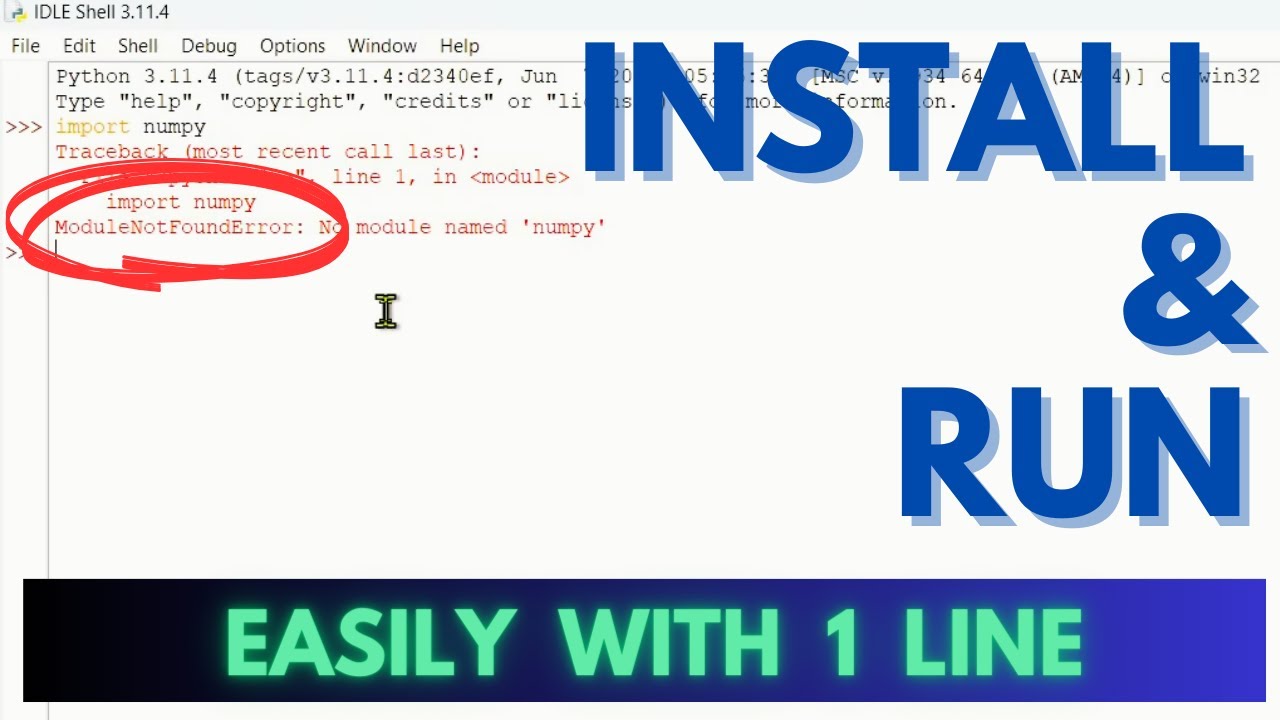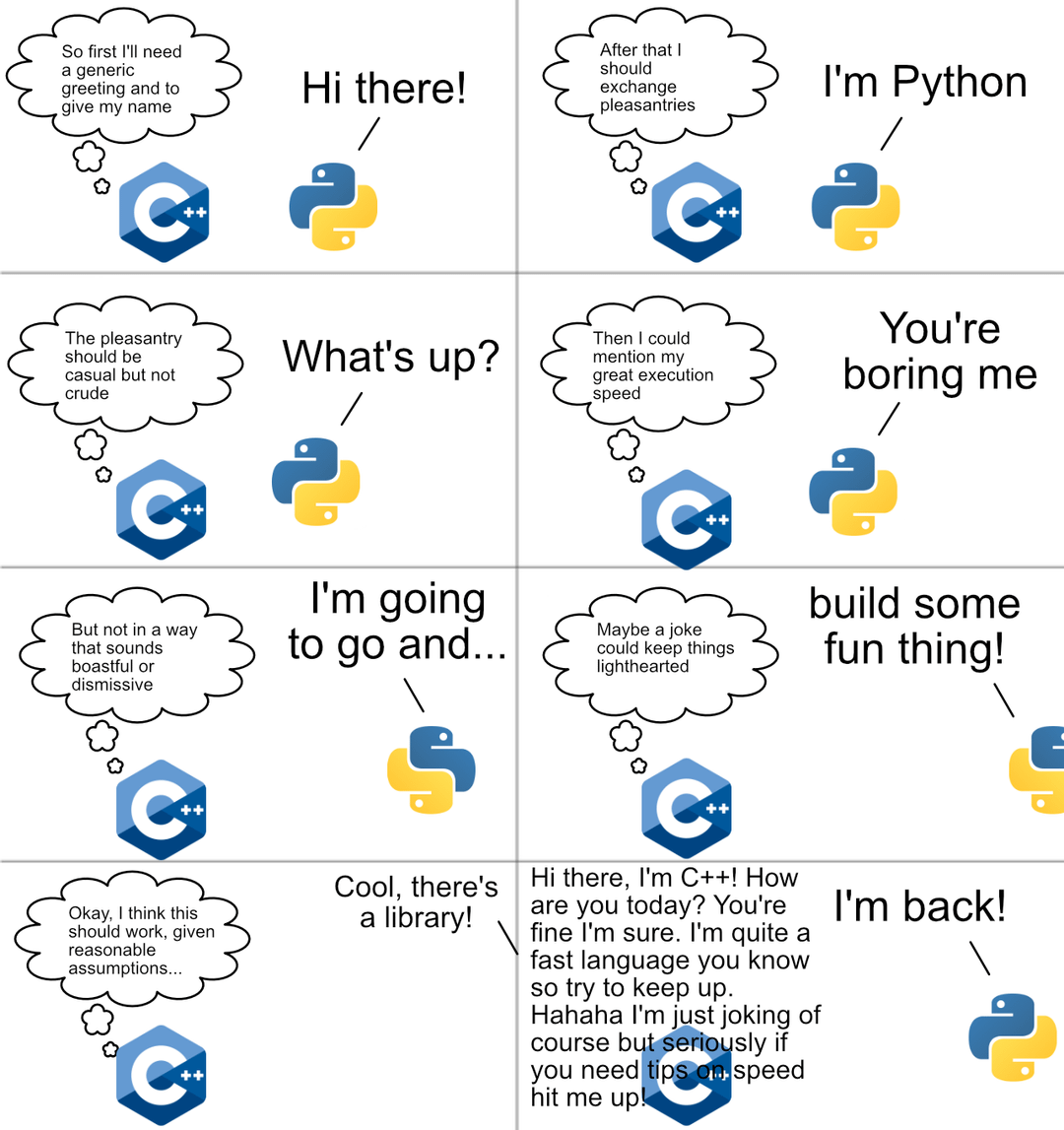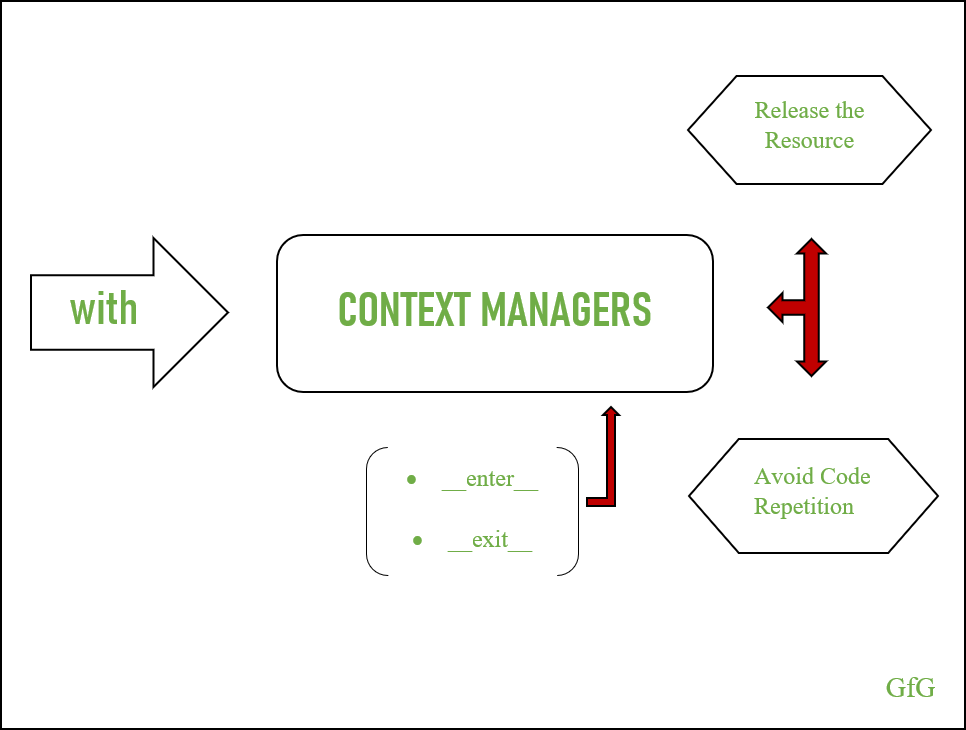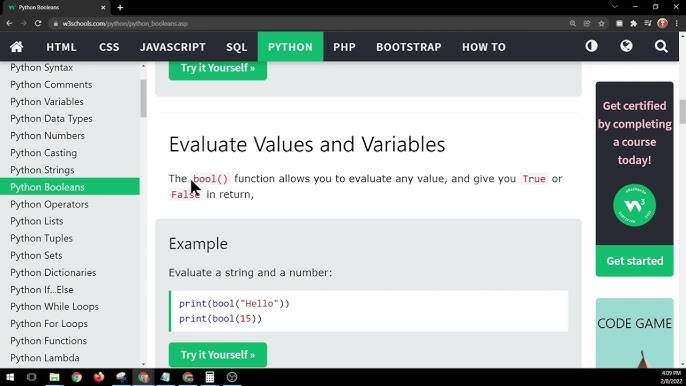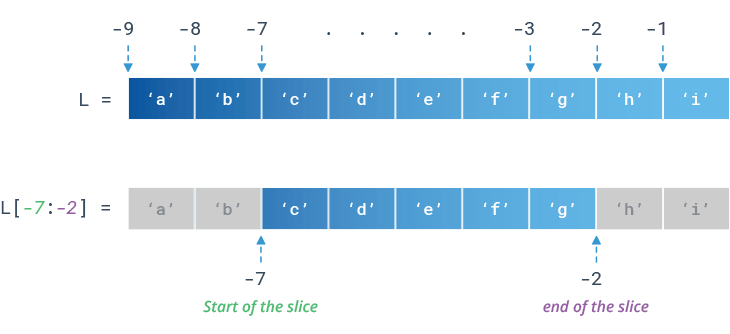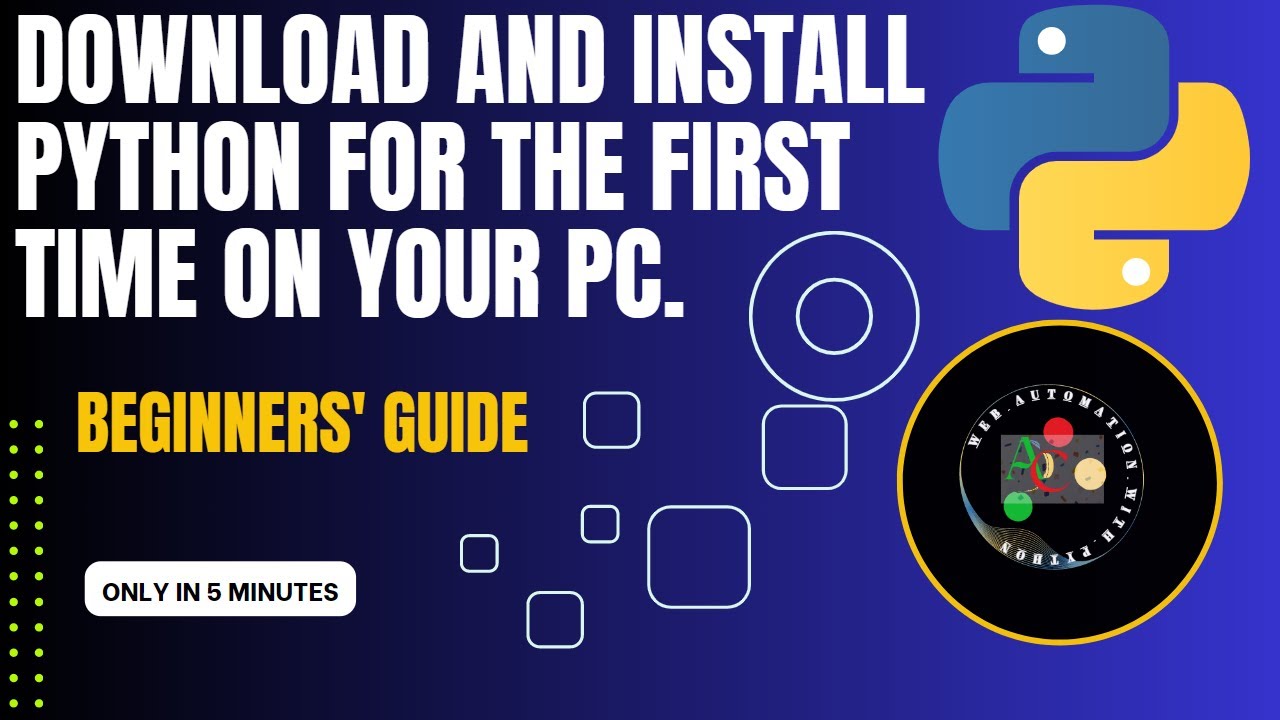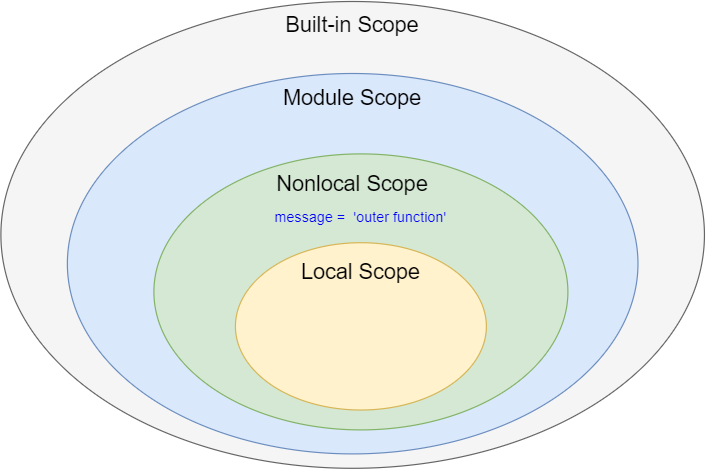Python attribute decorator tutorial
Python attribute decorator tutorial

Here's a comprehensive guide on how to use attribute decorators in Python:

What is an Attribute Decorator?
In Python, decorators are a way to wrap another function and extend its behavior without permanently modifying it. Attribute decorators are a special type of decorator that allows you to modify the attributes (i.e., properties) of a class or instance.
Why Use Attribute Decorators?
Attribute decorators can be used for various purposes, such as:
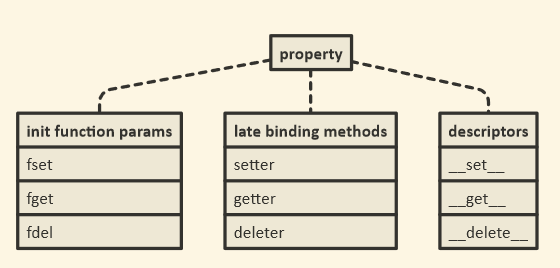
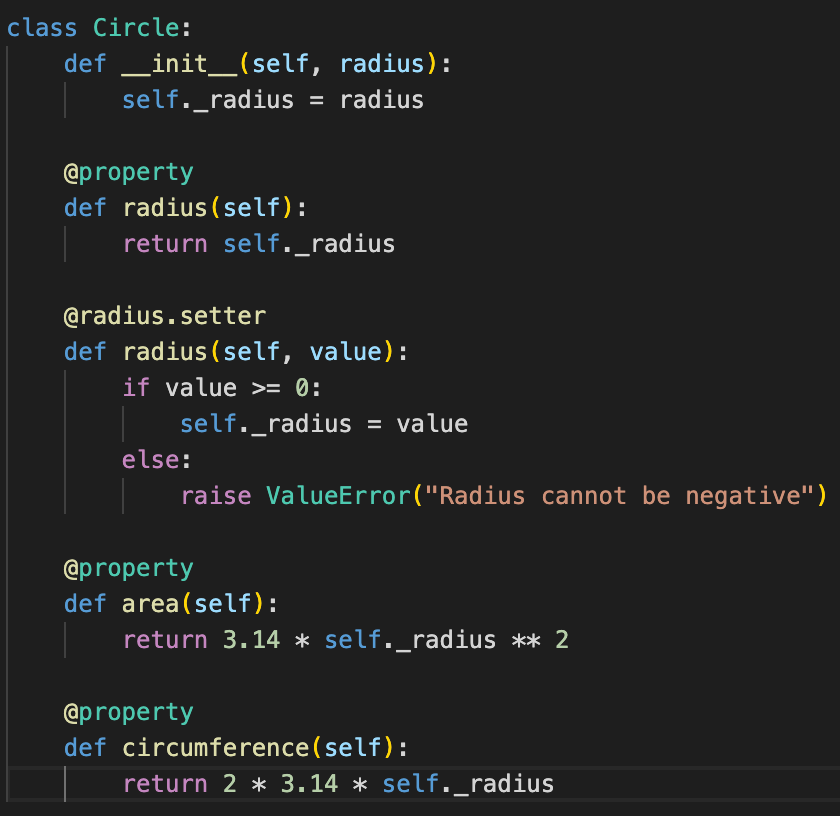
Basic Syntax
To create an attribute decorator, you define a function that takes another function as an argument. This wrapping function is called the "decorator". The decorated function (the one being wrapped) is typically referred to as the "target".
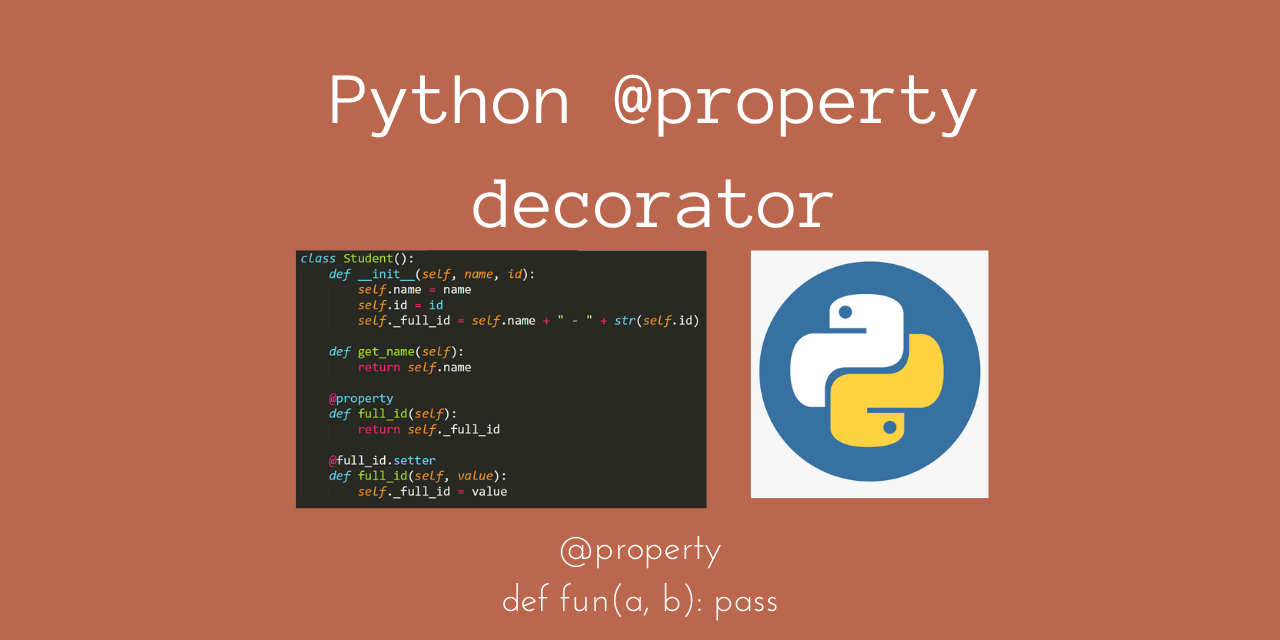
Here's the basic syntax:
def my_decorator(target):
def wrapper(*args, **kwargs):
Code to be executed before/after calling target()
result = target(*args, **kwargs)
More code to be executed after calling target()
return result
return wrapper
@my_decorator
def example_method(self, x):
return x * 2
In this example, my_decorator is the attribute decorator. The example_method function is being decorated with my_decorator. When you call example_method, it will be wrapped by the wrapper function defined in my_decorator.
Using Attribute Decorators
To use an attribute decorator, simply add the @ symbol followed by the decorator's name before the target function. Here's an example:
class MyClass:
@my_decorator
def get_value(self):
return 42
my_instance = MyClass()
print(my_instance.get_value()) # Output: 84 (wrapped by my_decorator)
Practical Examples
Here are some practical examples of using attribute decorators:
Validating input data: You can use an attribute decorator to validate the input values for a method or property. Calculating values dynamically: You can calculate dynamic values based on other attributes and return them as part of the decorated attribute. Implementing caching: You can cache the result of a costly computation and return the cached value if the inputs don't change.Here's an example of using an attribute decorator to implement caching:
def cached(target):
cache = {}
def wrapper(self, *args, **kwargs):
key = str(args) + str(kwargs)
if key in cache:
return cache[key]
result = target(self, *args, **kwargs)
cache[key] = result
return result
return wrapper
@cached
def expensive_computation(self, x):
Simulate an expensive computation
time.sleep(1)
return x * 2
my_instance = MyClass()
print(my_instance.expensive_computation(2)) # Output: 4 (cached)
Conclusion
Attribute decorators are a powerful tool in Python that can help you implement various features without modifying the underlying code. By understanding how to use attribute decorators, you can write more efficient, maintainable, and scalable code.
In this tutorial, we covered the basics of attribute decorators, including their syntax, usage, and practical applications. You learned how to create an attribute decorator and use it to modify the attributes of a class or instance. With this knowledge, you're now equipped to tackle complex problems and write better Python code!
Python property decorator with arguments
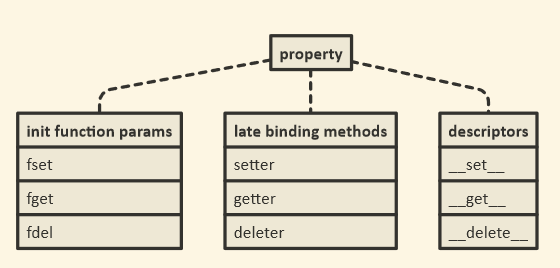
Python Property Decorator with Arguments
In Python, the @property decorator is commonly used to implement getters and setters for instance variables. However, sometimes we might want to pass additional arguments to these getter and setter methods. In this case, using a property decorator with arguments can be useful.
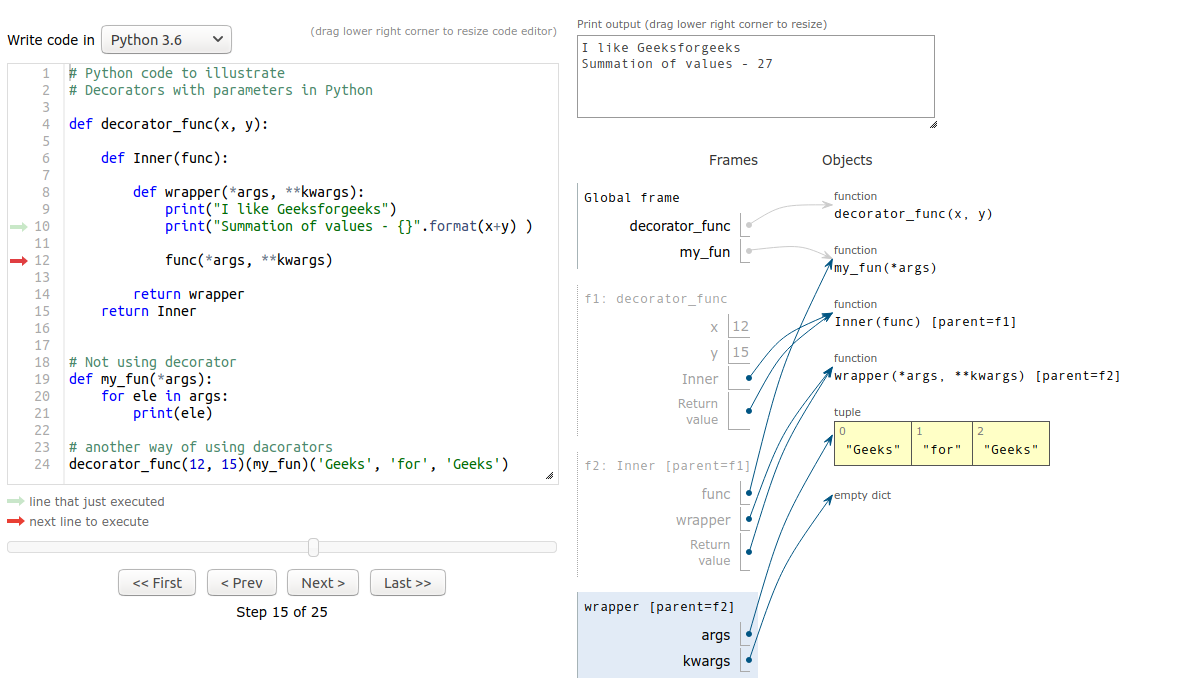
To create a property decorator with arguments in Python, you can define a function that accepts the fget, fset, and fdel parameters (which are used for getter, setter, and deleter functions respectively), as well as any additional arguments. This function should then return a new class or function that wraps the original ones.
Here's an example of how to do this:
def arg_property(func):
def wrapper(self, *args, **kwargs):
Additional logic can be added here
return func(self, *args, **kwargs)
return property(wrapper)
class MyClass:
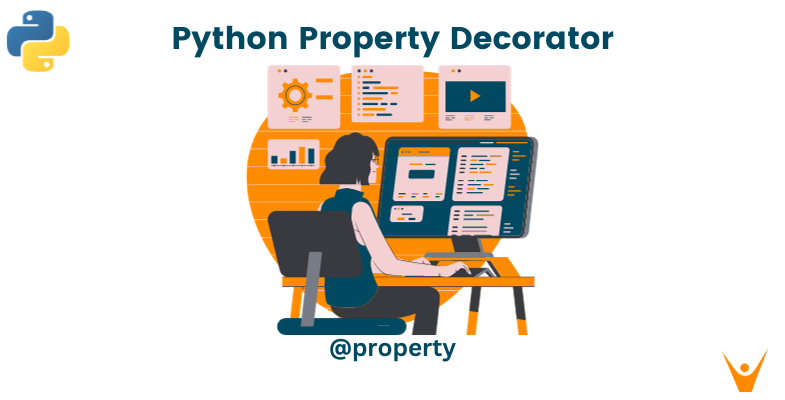
@arg_property
def my_property(self, param1, param2=None):
pass
my_obj = MyClass()
print(my_obj.my_property('hello')) # This will call the setter method

In this example, arg_property is a decorator function that accepts the original property function (func) as an argument. The wrapper function it returns is used to wrap the original getter and setter methods.
The MyClass class uses the @arg_property decorator on its my_property method. This means that when you access or modify my_obj.my_property, Python will call the wrapper function with any provided arguments.
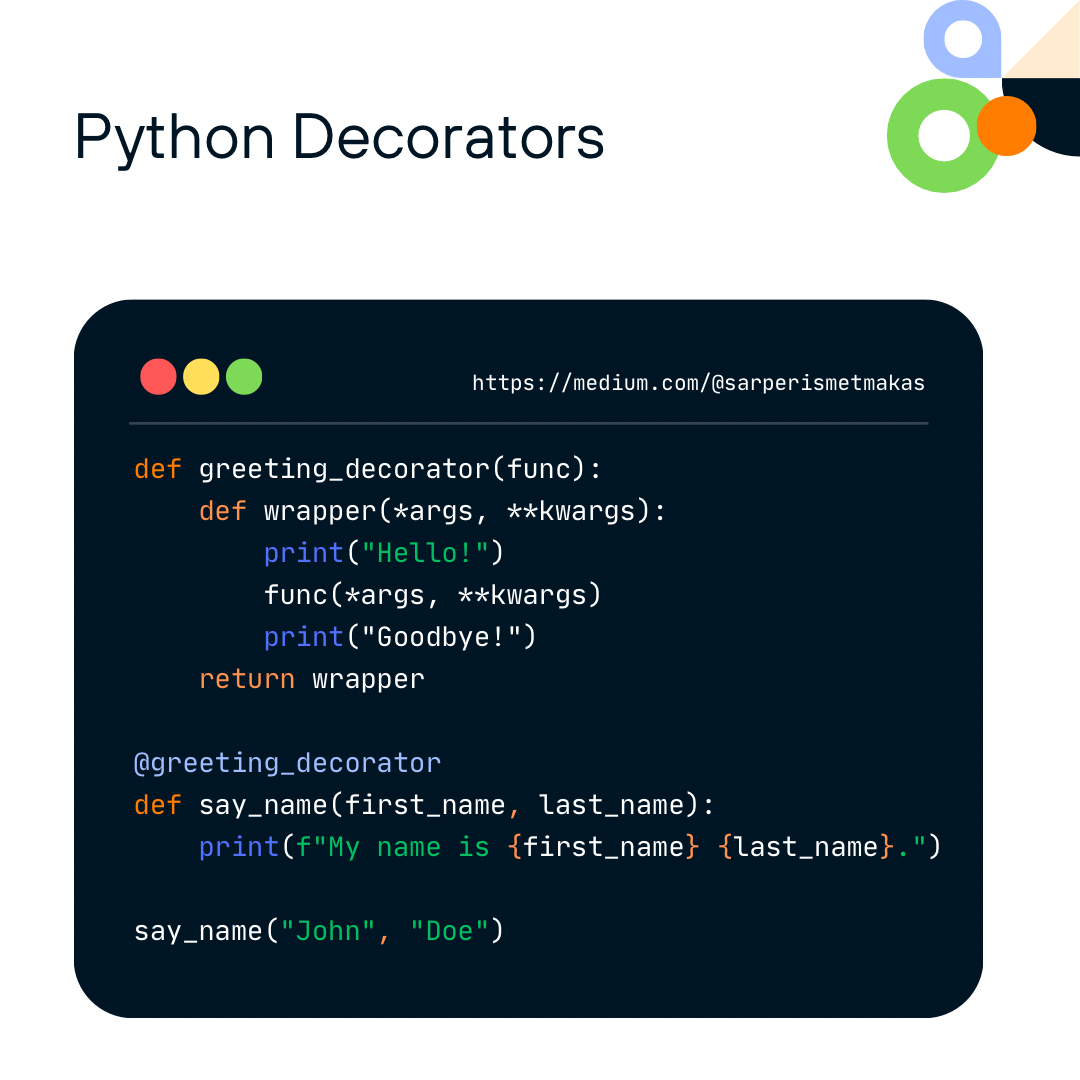
Benefits
Using a property decorator with arguments can provide several benefits:
More flexible getter and setter methods: You can pass additional parameters to your getter and setter methods, making them more versatile. Simplified code: By using a decorator to manage the boilerplate code for getters and setters, you can keep your class definitions clean and easy to read. Improved encapsulation: The property decorator helps to encapsulate instance variables, making it easier to control access and modify behavior.Conclusion
In this article, we have discussed how to implement a property decorator with arguments in Python. This allows you to pass additional parameters to getter and setter methods, providing more flexibility and customization for your class definitions.

